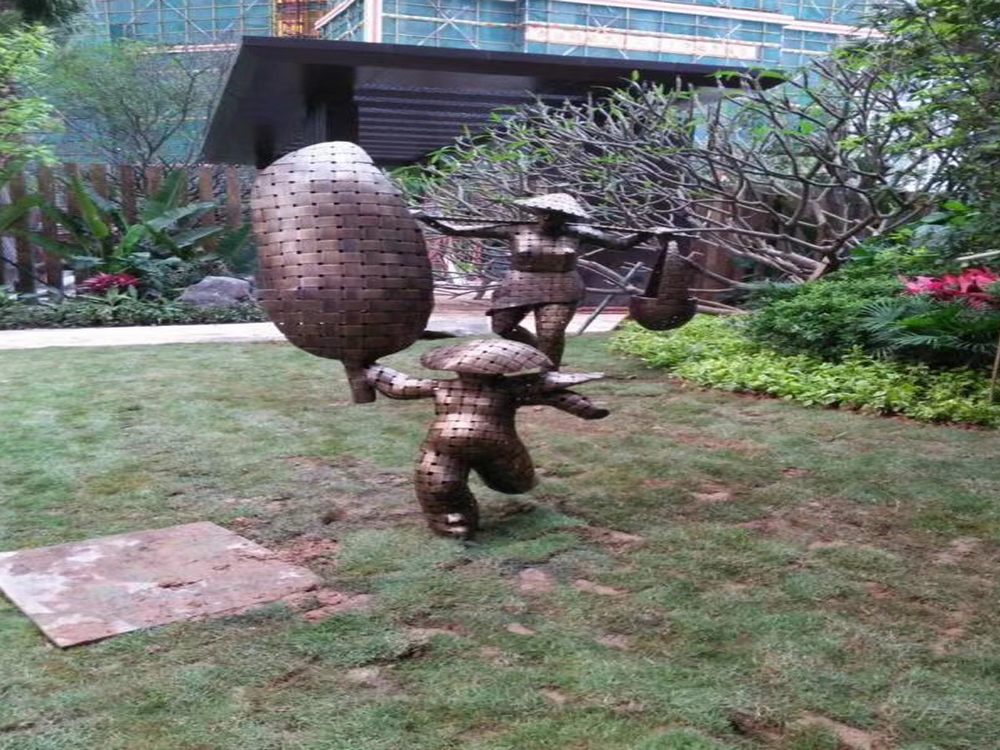
Wood carving is a timeless art form, especially when crafting ancestral figures that hold cultural and spiritual significance. Among the most common techniques used are relief carving, chip carving, and whittling.
Relief carving involves sculpting figures from a flat wooden panel, creating a three-dimensional effect while keeping the background intact. This technique is ideal for detailed ancestral portraits, as it allows for intricate facial expressions and symbolic motifs.
Chip carving, on the other hand, focuses on removing small chips of wood to create geometric patterns or delicate designs. While less common for full figures, it’s often used to embellish the clothing or accessories of ancestral carvings.
Whittling is perhaps the most accessible method, using just a knife to shape wood into simple yet expressive figures. Many traditional artisans prefer this technique for its raw, organic feel, which complements the rustic charm of ancestral representations.
Each technique offers unique advantages, allowing carvers to choose based on skill level, desired detail, and cultural authenticity. Whether for ritual use or artistic display, these methods preserve the legacy of wood carving in ancestral art.

